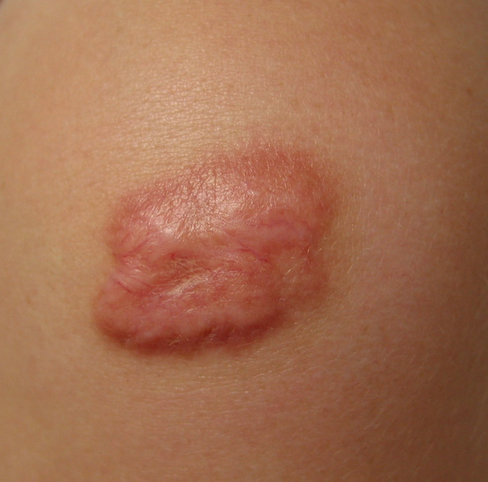How to use dexamethasone for keloids

Keloids can form on top of a scar or injury. It may be larger than the original injury and tough to the touch. There are various medications on the market that can help you with this so that the growth goes away.
Dexamethasone for keloids has been FDA approved. The medication is available by prescription only and is applied topically. The product is available in two different strengths and can come in as a gel, ointment, or cream.
Most dermatologists will write the prescription for the gel or the cream for two reasons. The first is that it’s easier to apply. The second is that the ointment can be greasy and therefore be less than desirable for the patient.
When Dexamethasone for keloids is prescribed, it is important to follow instructions from the doctor. It will generally involve application one or two times a day, usually no more than that. The area where the keloid exists should be washed and then the topical medication should be applied. A doctor will usually suggest that the area does not get covered by gauze or a bandage because it may be absorbed by the dressing and therefore be ineffective at removing the growth.
Some doctors will recommend using Dexamethasone for keloids with saran wrap. This means that after application, saran or plastic wrap is used around the area. This traps the moisture of the cream or gel inside so that it has a higher efficacy. It can be kept on for an hour or more but no more than 12 hours. After that, it can be removed and may be repeated each time the application needs to be done.
Dexamethasone has been used for a variety of skin issues. This includes inflammation on the skin caused by contact dermatitis, psoriasis, poison ivy, and even ringworm. The medication is applied topically and will slowly start to get better.
The strength that the doctor prescribes is going to depend on what the keloid looks like. This means that the patient is going to need to go in for a physical exam. It is possible to see a doctor or dermatologist in order to get a prescription for the Dexamethasone. Patients can also request the gel or cream if they have a preference since they will be the one responsible for the application.
It is important to use the Dexamethasone for keloids only on the affected area. If it is placed on bare skin, it can result in itching and even the formation of a rash. There have been side effects seen with the use of the medication, though they are seen in only about 10 percent of patients. Overall, the effectiveness of Dexamethasone on keloids is high and used by doctors often.
“Dexamethasone for infertility“